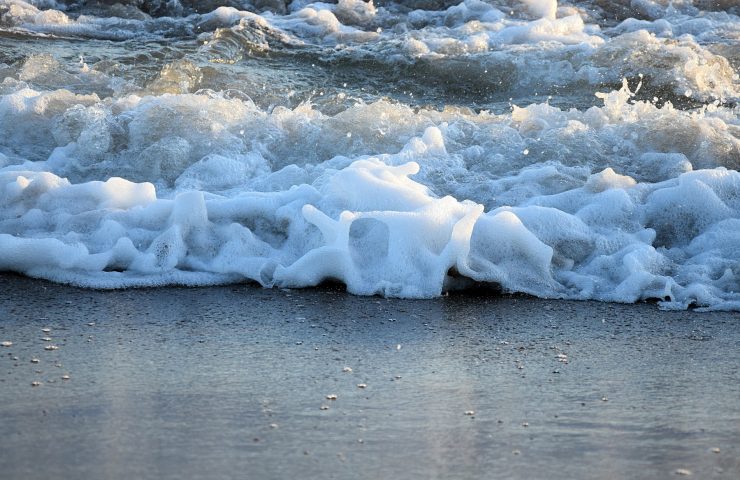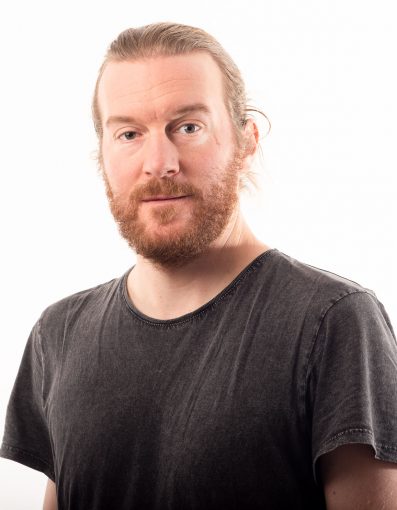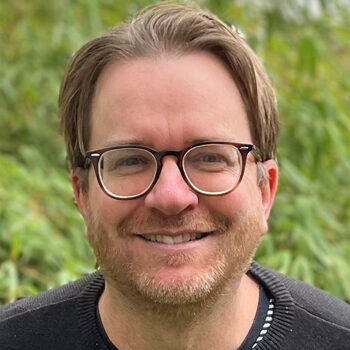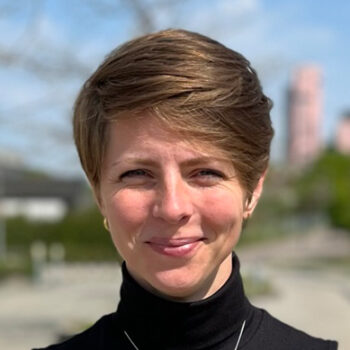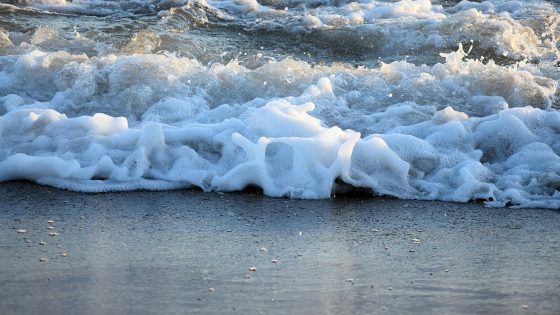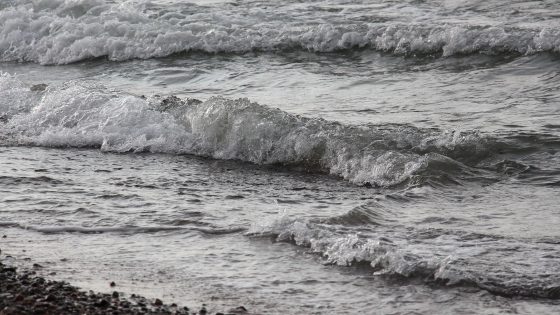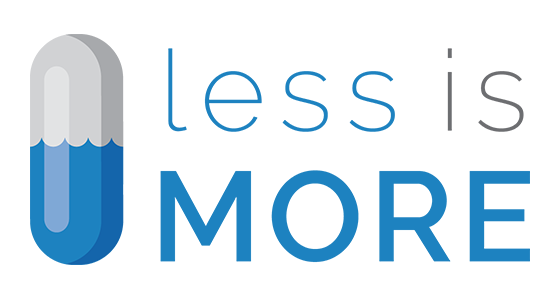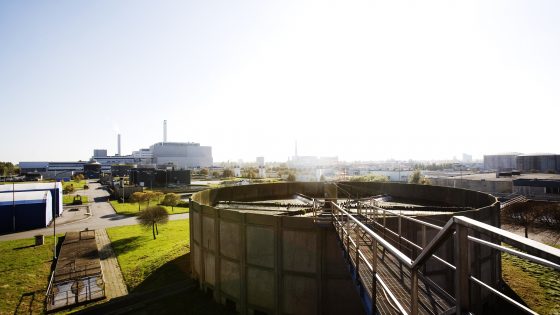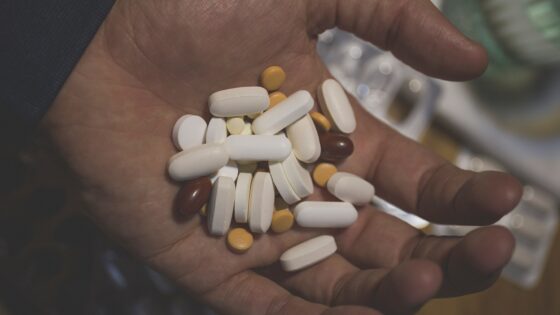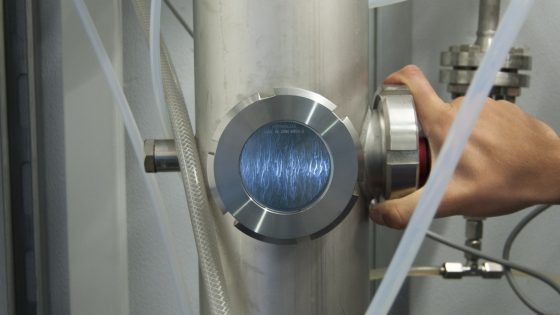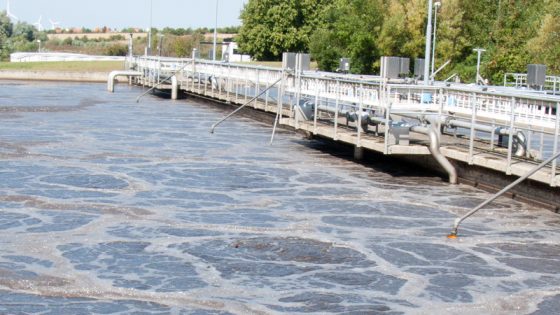At present, the main task of municipal wastewater treatment systems is to collect and treat wastewater to prevent the spread of infection and eutrophication. More and more studies show that organic micropollutants, such as pharmaceutical residues, hygiene products, hormones, industrial chemicals, pesticides and other substances, can give rise to undesirable biological effects in aquatic environments.
Several of these substances end up in watercourses, lakes and the sea via water from wastewater treatment plants. Only a few substances are partially degraded at today’s wastewater treatment plants. In order to remove a significant part of these substances, other technical solutions need to be installed than those available at the plants today.

